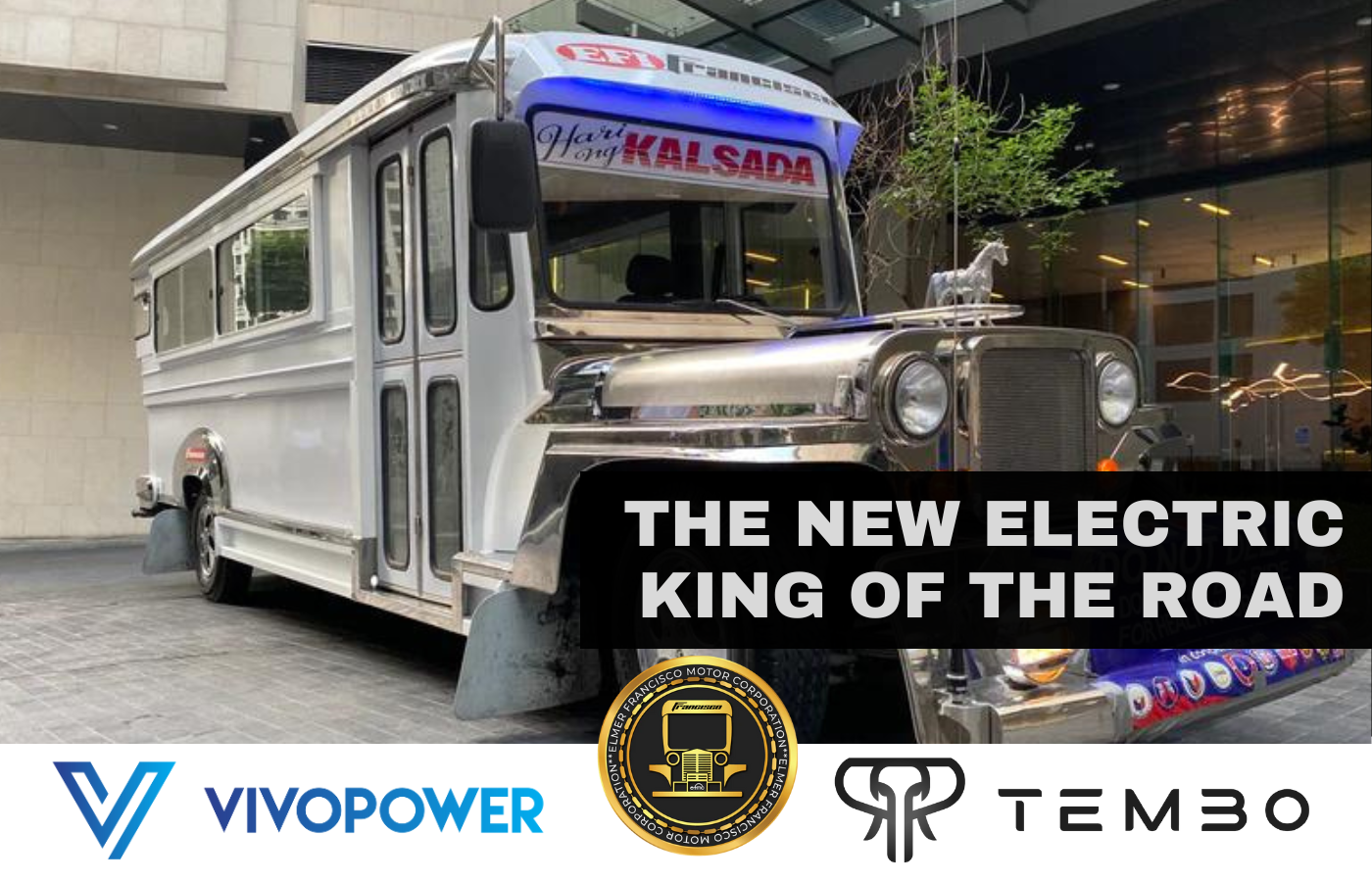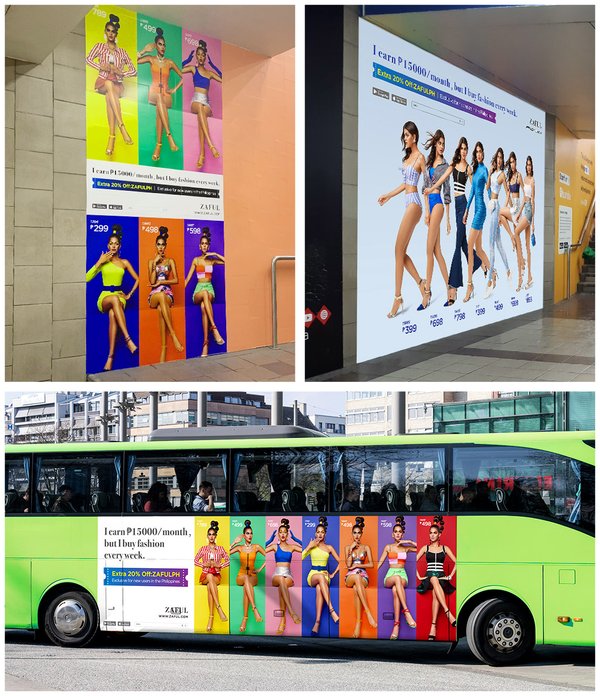Increase Brand Get To with Transit Advertising Philippines
Increase Brand Get To with Transit Advertising Philippines
Blog Article
Recognizing the Function of Transit Advertising in Enhancing Brand Name Exposure and Customer Interaction
Transit advertising has arised as a critical element in the advertising and marketing landscape, supplying one-of-a-kind possibilities for brand names to elevate their presence and engage customers successfully. With the capacity to reach a diverse and restricted audience during their everyday commutes, these advertising methods are not just about visibility; they are about creating meaningful connections with potential clients. As we check out the complex benefits and ingenious approaches within transit marketing, it comes to be important to think about exactly how these components jointly affect customer assumption and actions, questioning about their long-term effect on brand loyalty.
Meaning of Transit Marketing
Transit advertising refers to the practice of promoting items, services, or brands with promotions positioned in and around mass transit systems. This form of marketing incorporates a selection of placements, consisting of posters on trains and buses, electronic screens at transit stations, and covers on the exterior of vehicles. It intends to reach a diverse target market, maximizing the high foot web traffic connected with public transit.
Transportation advertising and marketing is purposefully placed to capture the attention of travelers, that commonly spend substantial time waiting or taking a trip. By incorporating ads into the daily regimens of individuals, brand names can develop a long-term perception and foster brand recognition. The medium is particularly effective in metropolitan environments, where mass transit is a primary mode of travel.
Additionally, transit advertising and marketing can facilitate localized targeting, enabling businesses to get to specific demographics based on transportation routes and station areas. As metropolitan populaces grow and using public transportation boosts, this advertising method has gained importance as an essential part of integrated advertising and marketing strategies. The vibrant nature of transportation advertising, integrated with its capacity to engage consumers in a captive atmosphere, emphasizes its importance in modern advertising and marketing methods.
Advantages of Transit Marketing
The performance of transportation advertising and marketing hinges on its capacity to deliver a wide range of advantages to brands seeking to improve presence and engagement. One of the main benefits is the extensive reach it provides; transportation advertisements can efficiently target varied demographics across metropolitan locations, getting to both pedestrians and commuters alike. This wide direct exposure considerably enhances brand understanding.
An additional benefit is the high regularity of impacts. As transit automobiles follow established courses and quit at several places, they create repeated exposure that reinforces brand messages. This regularity cultivates knowledge, which is critical in customer decision-making.
Transportation advertising is additionally cost-efficient contrasted to various other media systems. Offered its expansive reach and potential for high perceptions, brand names usually experience a lower price per thousand perceptions (CPM), optimizing their marketing budget.
Additionally, transit advertisements can create a sense of community link. By aligning with regional transportation systems, brands can resonate with local audiences and cultivate a sense of local satisfaction. This localized approach boosts brand loyalty and involvement, making transportation advertising and marketing an engaging option for organizations intending to solidify their existence on the market.

Effective Techniques for Transportation Campaigns
To make the most of the influence of transit projects, brands need to take advantage of critical planning and implementation tailored to Full Report their target market. First, recognizing the market characteristics of the audience using public transit is crucial. This enables brands to produce customized messaging that reverberates with possible clients.
Next, selecting the appropriate transportation mediums is essential. Whether making use of bus wraps, subway posters, or electronic screens, each tool has distinct benefits that can boost visibility. For circumstances, vibrant visuals on bus wraps can draw in focus, while electronic ads can be upgraded regularly to reflect timely promos.
Furthermore, incorporating a natural branding technique throughout transit systems guarantees consistency and strengthens the brand's identification. Utilizing eye-catching styles and remarkable taglines will strengthen brand recall among commuters.
Finally, timing is a vital variable in executing successful transit campaigns. Launching campaigns during top travel hours or regional occasions can dramatically increase visibility and engagement. By utilizing these methods, brand names can effectively harness the possibility of transit marketing, cultivating better awareness and link with their target market. Ultimately, a well-executed transit project can drive significant development in brand visibility and consumer involvement.

Gauging Influence and Interaction
In assessing the effectiveness of transportation ad campaign, exact dimension of effect and engagement is essential for brand names seeking to maximize their advertising strategies. Metrics such as reach, frequency, and perceptions provide fundamental data to analyze exposure. Analyzing these aspects helps establish exactly how several prospective customers are subjected to the advertisements throughout their daily commutes.
Involvement can be additional gauged with consumer communications, such as site traffic, social networks points out, and direct responses to calls-to-action included in the ads. Utilizing devices like QR codes or special URLs can assist in monitoring of customer actions straight linked to transportation projects. Surveys and responses devices likewise work as beneficial approaches to collect qualitative information on consumer understandings and recall of the advertisement.
Moreover, progressed analytics and attribution versions can correlate transportation exposure with succeeding getting behavior, supplying understandings into the return see here now on investment. By employing an extensive technique that incorporates measurable and qualitative measures, brands can develop a nuanced understanding of their transit marketing influence. Inevitably, this data-driven strategy enables brand names to refine their projects, guaranteeing they resonate properly with target audiences and boost overall brand exposure.
Instance Research Studies of Effective Projects
Successful transit marketing campaigns act as compelling examples of exactly how efficient strategies can raise brand name visibility and interaction. Transit Advertising Philippines. One notable case is the "I Love New York" campaign, which changed the city's photo and drew in millions of visitors. By using train advertisements, signboards, and bus covers, the project produced a strong, cohesive brand identification, causing a substantial uptick in tourism and regional company patronage
Another excellent campaign is Coca-Cola's "Share a Coke" initiative, which leveraged transportation advertising and marketing to individualize the brand name experience. By featuring popular names on advertising products across various transit systems, Coca-Cola promoted a deeper psychological link with consumers, motivating them to share their experiences on social media sites.
Additionally, the "Got Milk?" campaign properly utilized mass transit ads to reach a broad target market, enhancing the message of the significance of milk in a well balanced diet regimen. The project saw a quantifiable boost in milk consumption in target demographics.
These case studies illustrate that when executed thoughtfully, transit advertising can considerably improve brand presence, foster consumer engagement, and drive quantifiable results, showing its essential function in contemporary advertising approaches. - Transit Advertising Philippines
Conclusion
Finally, transit marketing functions as a vital tool for boosting brand exposure and cultivating consumer involvement. By utilizing tactically positioned advertisements within public transport systems, brands can effectively enhance and reach varied audiences acknowledgment through constant direct exposure. The application of targeted messaging and cutting-edge strategies even more magnifies the influence of transportation projects. Ultimately, the ability to determine involvement and evaluate effective situation research studies emphasizes the efficiency of transportation marketing in driving brand commitment and customer interactions.
Transportation advertising and marketing has actually emerged as an essential component in the advertising landscape, using special chances for brands to elevate their visibility and engage customers properly.In addition, transportation advertising and marketing best site can promote local targeting, enabling companies to reach certain demographics based on transportation paths and station places.In reviewing the performance of transportation marketing projects, precise measurement of impact and interaction is necessary for brand names looking for to enhance their advertising methods.Effective transit marketing campaigns offer as engaging instances of just how efficient methods can raise brand presence and interaction.In final thought, transit advertising and marketing offers as a crucial tool for boosting brand name visibility and fostering customer involvement.
Report this page